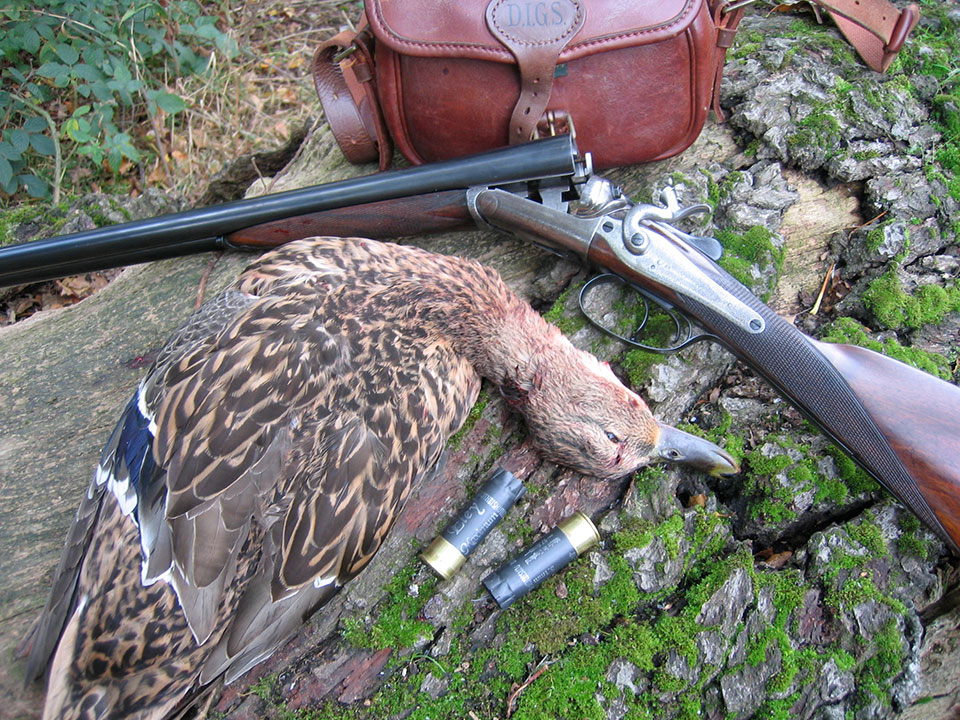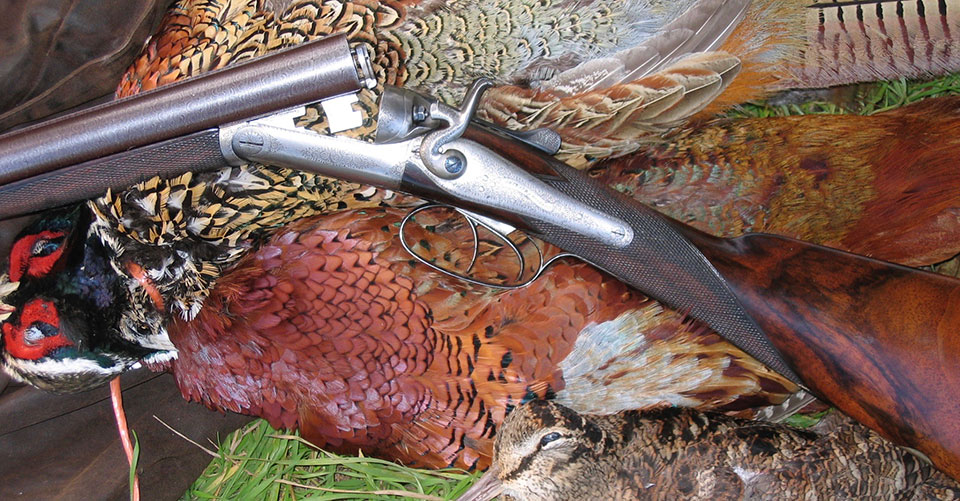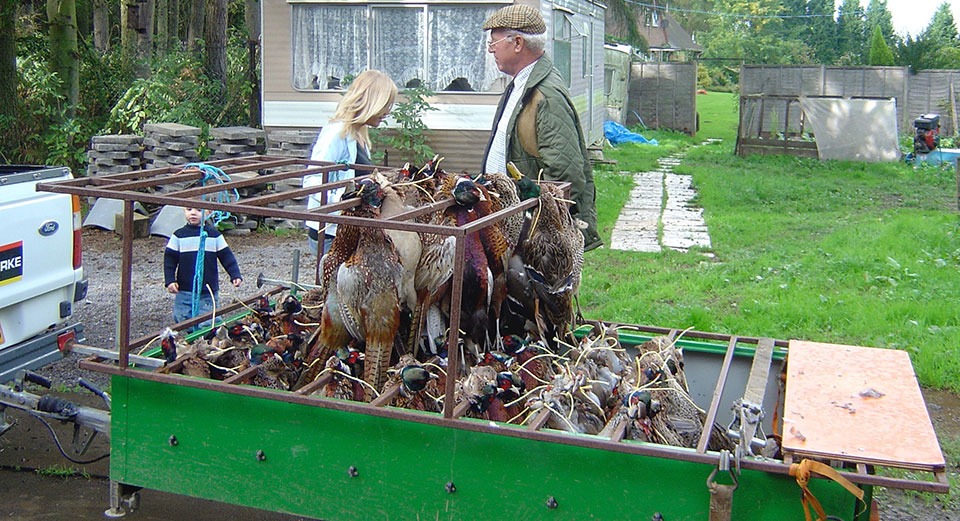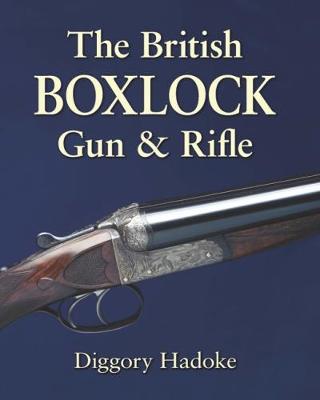Overseas visitors to the UK may not be aware of the rules and conventions here with regard to the release of game birds for hunting purposes.
In the US, for example, it is common for ‘pheasant preserves’ to operate on a ‘put and take’ basis, with a certain number of farmed and captive birds released from crates into an area of cover crop, from where they are hunted by walking-up with dogs. This is also done with quail: the birds being put into cover prior to being ‘hunted’ by the shooting party later the same morning.
Tower shoots aim to mimic British driven pheasant shooting by launching captive birds from a tower, over a line of waiting shooters.
The treatment of game birds in the UK is very different and traditions require that any released birds are free-roaming and as wild as they can be. They are released months before the shooting season and may not be artificially contained.

The Code of Good Shooting Practice is the guiding document for British shoots and on the matter of care and release of game birds it states:
Under normal circumstances, all birds should be released before the start of their shooting season. Shooting must not commence until the birds are mature and fully adapted to the wild – a minimum of one month from release. Birds must never be released to replenish or replace any birds already released and shot in that season. Partridge release pens should be removed before shooting begins.
Releasing pheasants and partridges
• Shoots should refer to the Game and Wildlife Conservation Trust guidelines for sustainable game bird releasing.
• These provide a rule of thumb, advising that in order to avoid damage to habitat, in most situations, shoots should avoid releasing more than 1,000 pheasants per hectare of pen, and more than 700 per hectare of pen in ancient semi- natural woodland. Pheasant release pens should
not, in total, take up more than about one third of the woodland area on the shoot.
• Where shoots exceed the recommended densities, they should be able to demonstrate that their particular circumstances and management regime (for example, by limiting the period of time birds are in release pens) does not significantly damage woodland flora and fauna.
Partridge release pens should be sited in cover crops on arable or in improved grassland, rather than on semi- natural or unimproved habitats.

Releasing duck
• Duck must always be released into suitable wetland habitat, and in numbers which are appropriate to its carrying capacity.
• Wetland areas are particularly sensitive, and overstocking with reared birds must not be allowed to deter wild stocks or damage the habitat.
• Duck must be encouraged to become wild and shooting must not be undertaken until they have done so.
• Shoot managers should ensure that ducks have alternative water to which to fly.

Feeding of released and wild game
• At release time, most poults are still growing rapidly, and wheat alone is not an adequate diet. Sufficient compounded game rations should be provided until the birds are fully grown.
• Sufficient feed for released birds remaining after the end of the shooting season should be provided until adequate natural food is available, normally to the end of May.
• The use of medicated feed and grit must comply with all on-label instructions and veterinary advice. Shooting must not take place until any stated ‘withdrawal period’ has passed since the birds being shot had access to medicated rations.
The essence of game bird shooting in Britain is to augment naturally available numbers of game birds with those bred for the purpose. However, once released, the birds are essentially wild and may roam freely. a good estate keeps them on home ground by good feeding and habitat provision. Even the best-managed shoots can hope to shoot no more than 30% of the birds released in any given year.
Published by Vintage Guns Ltd on



